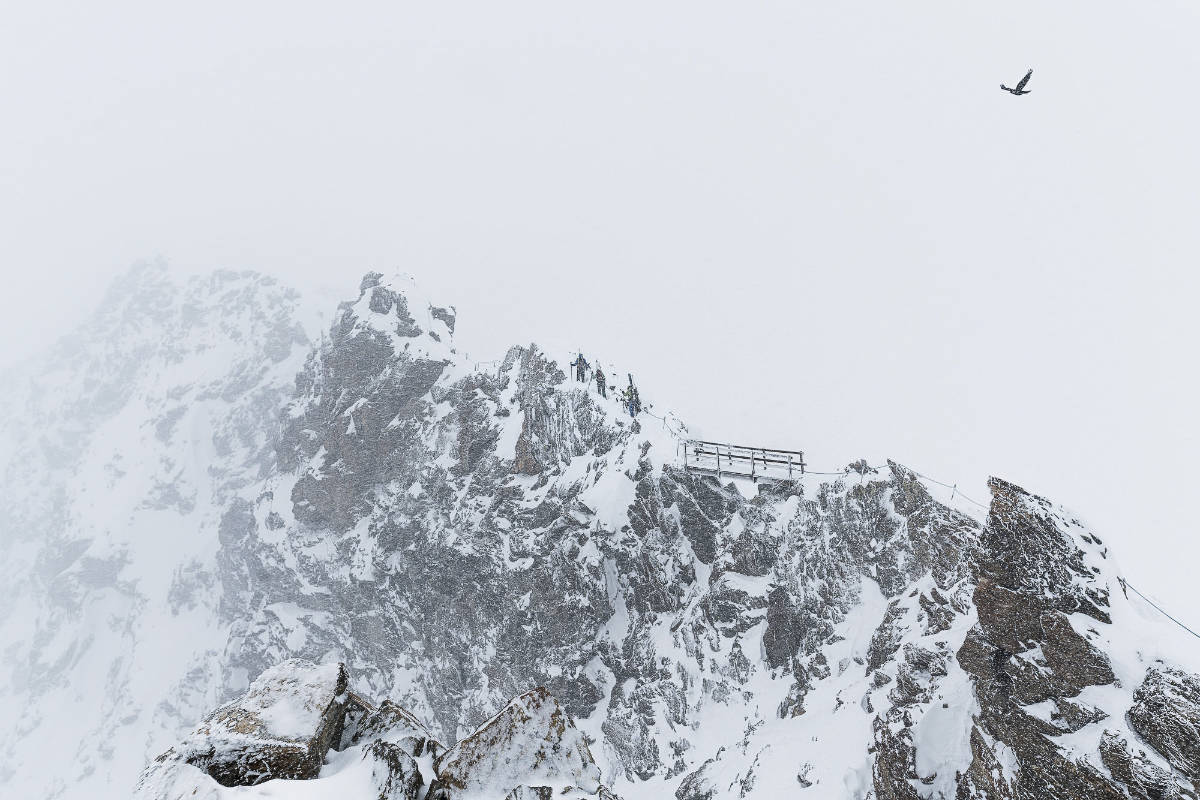
1/33
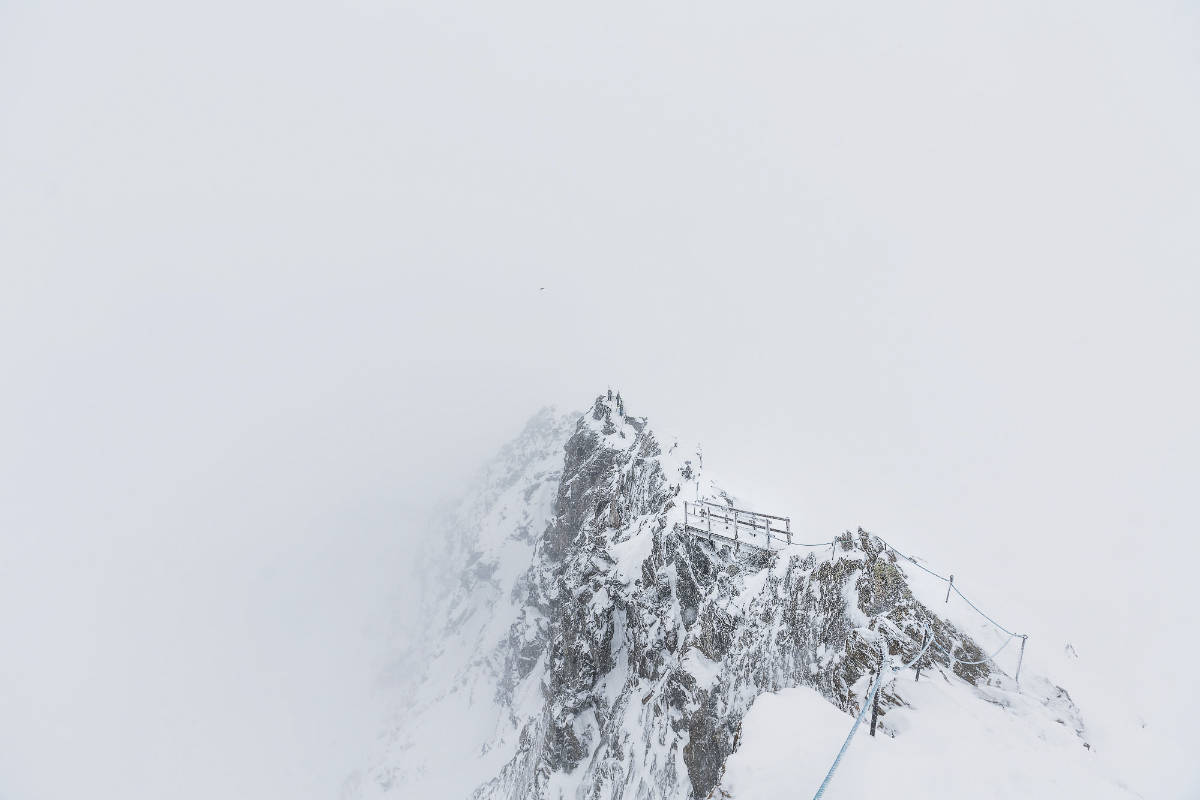
2/33
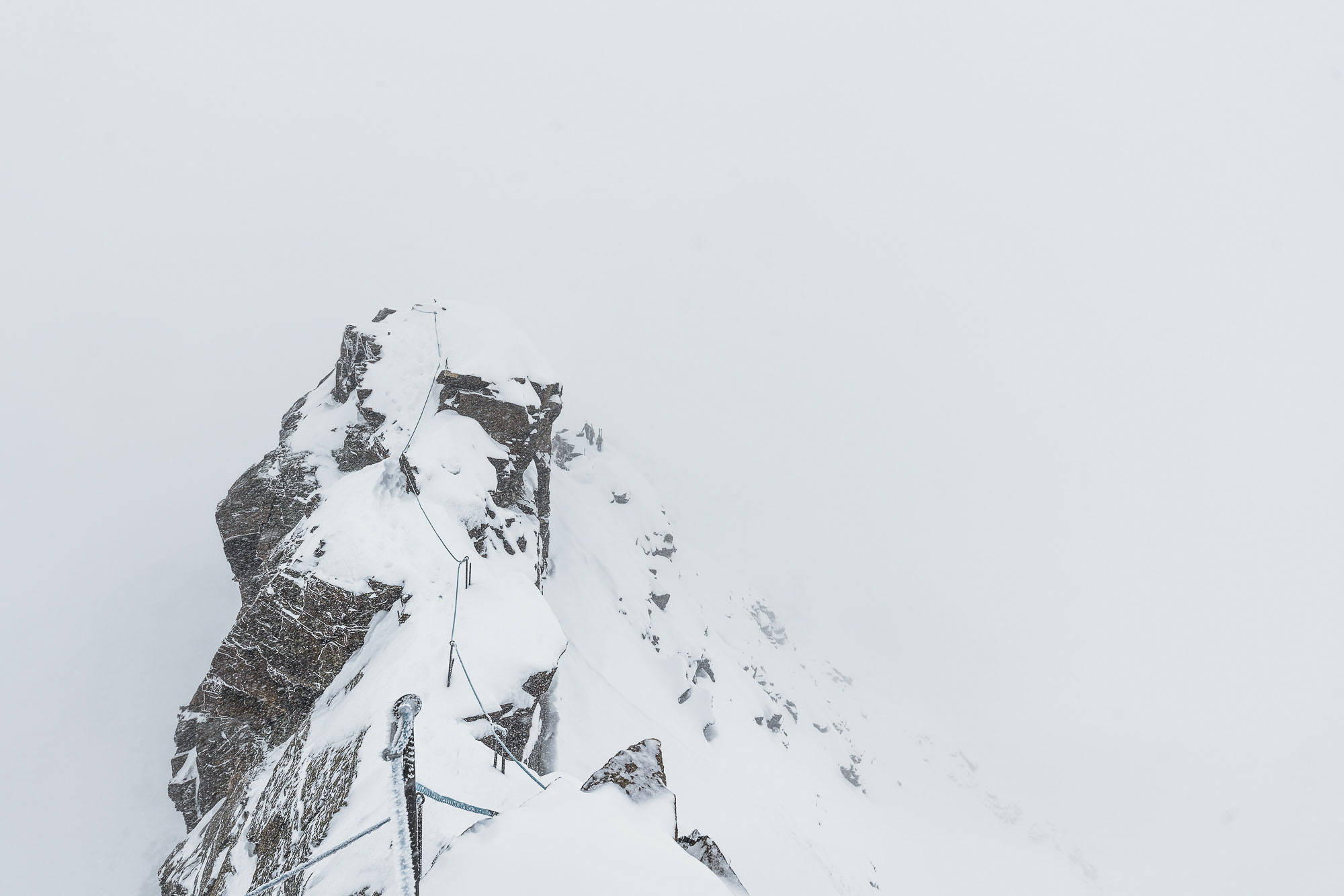
3/33
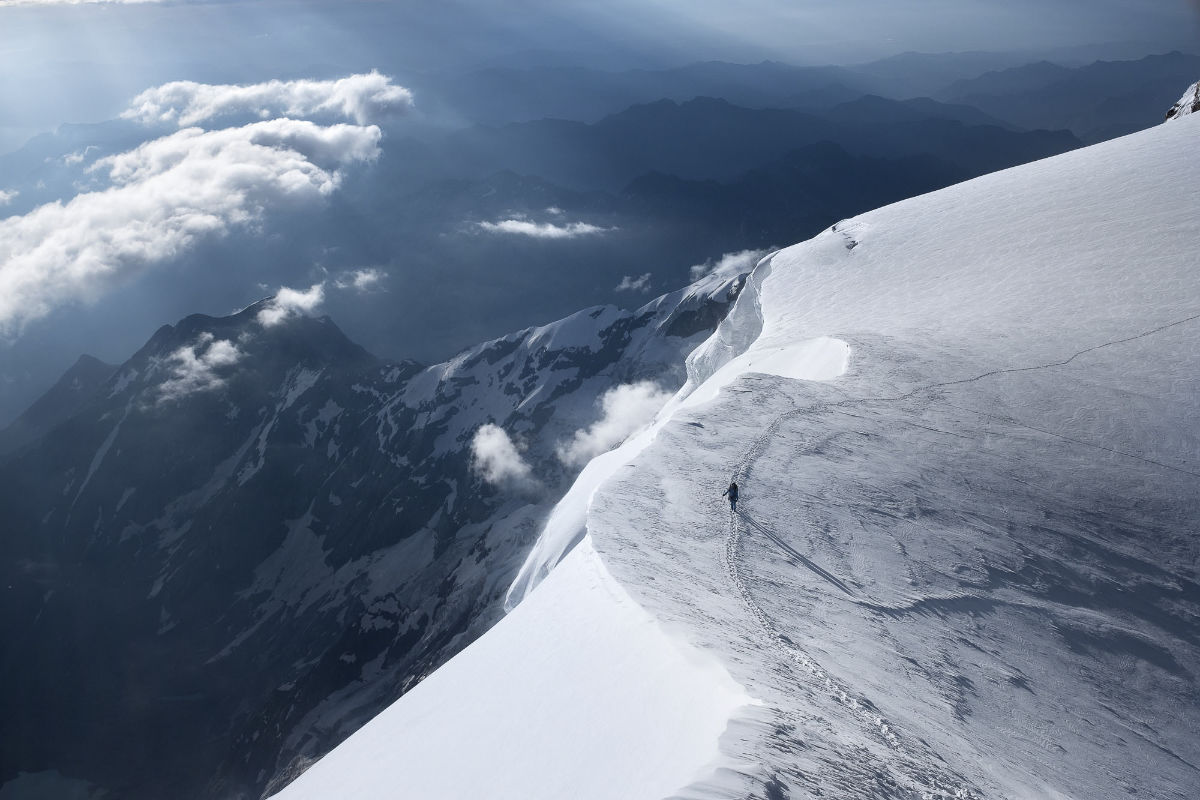
4/33
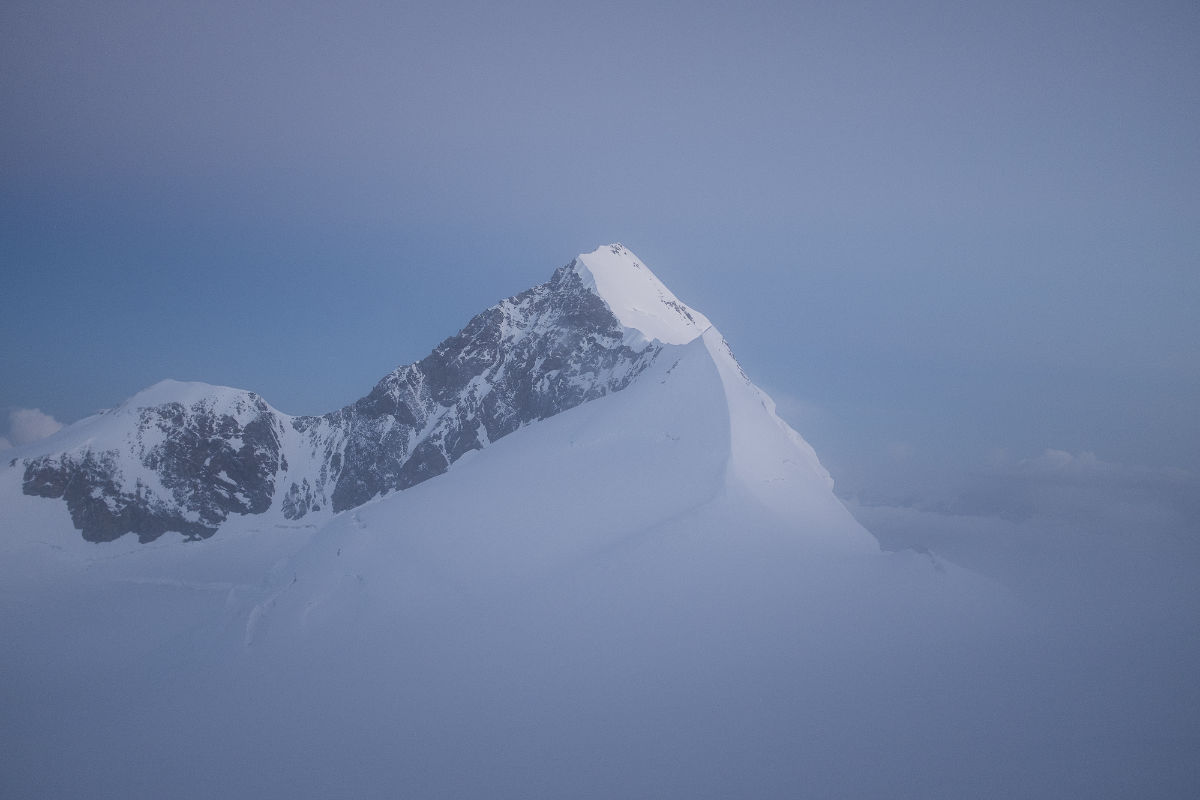
5/33
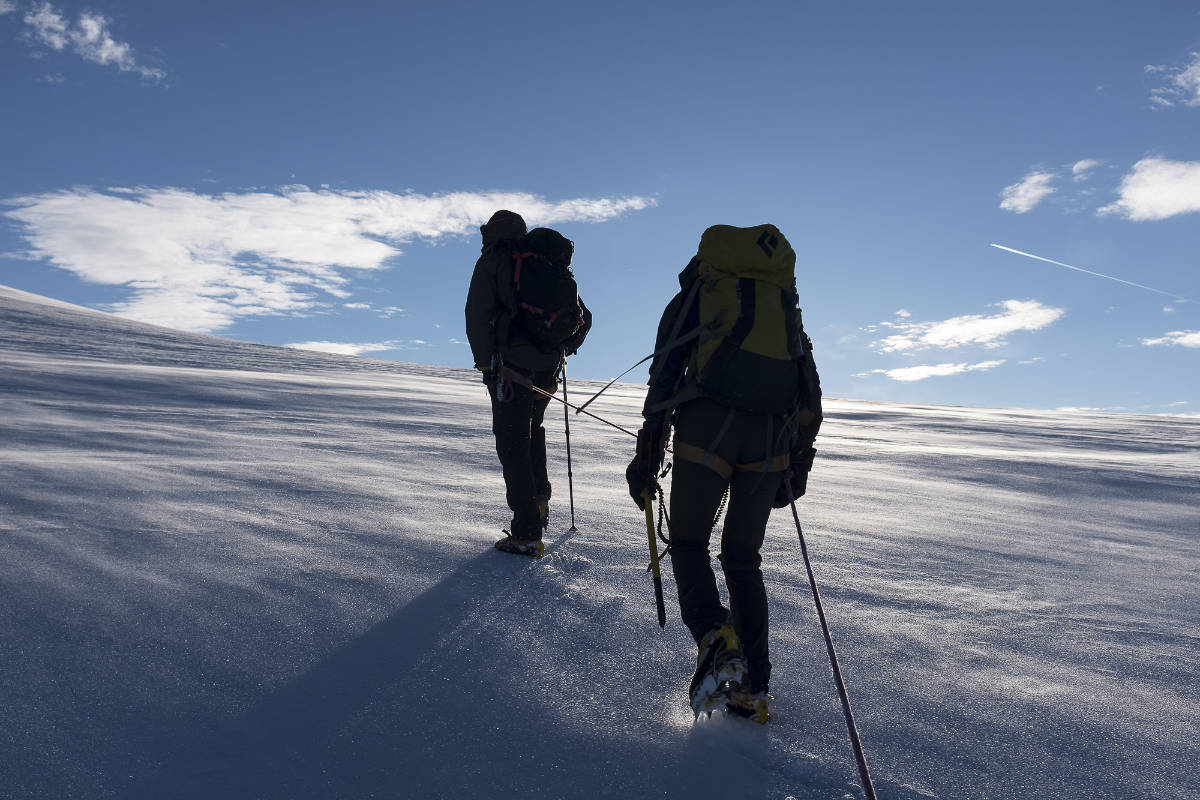
6/33
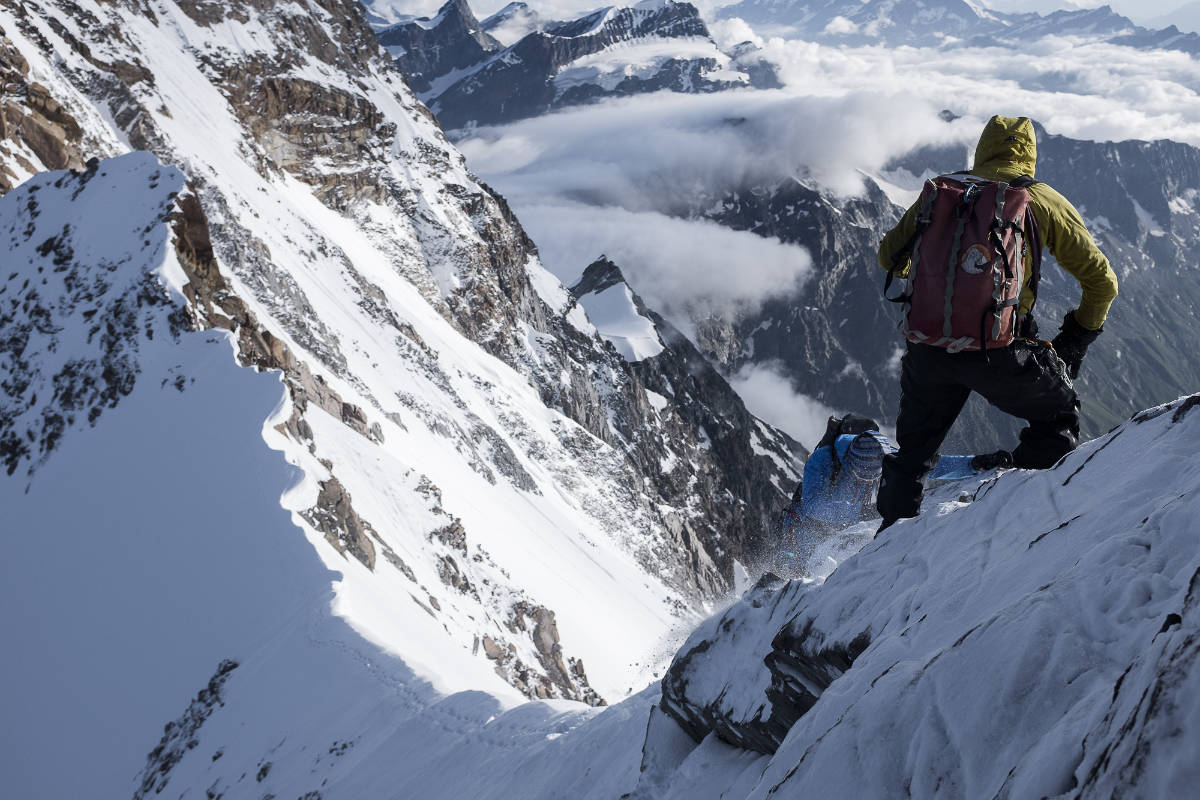
7/33
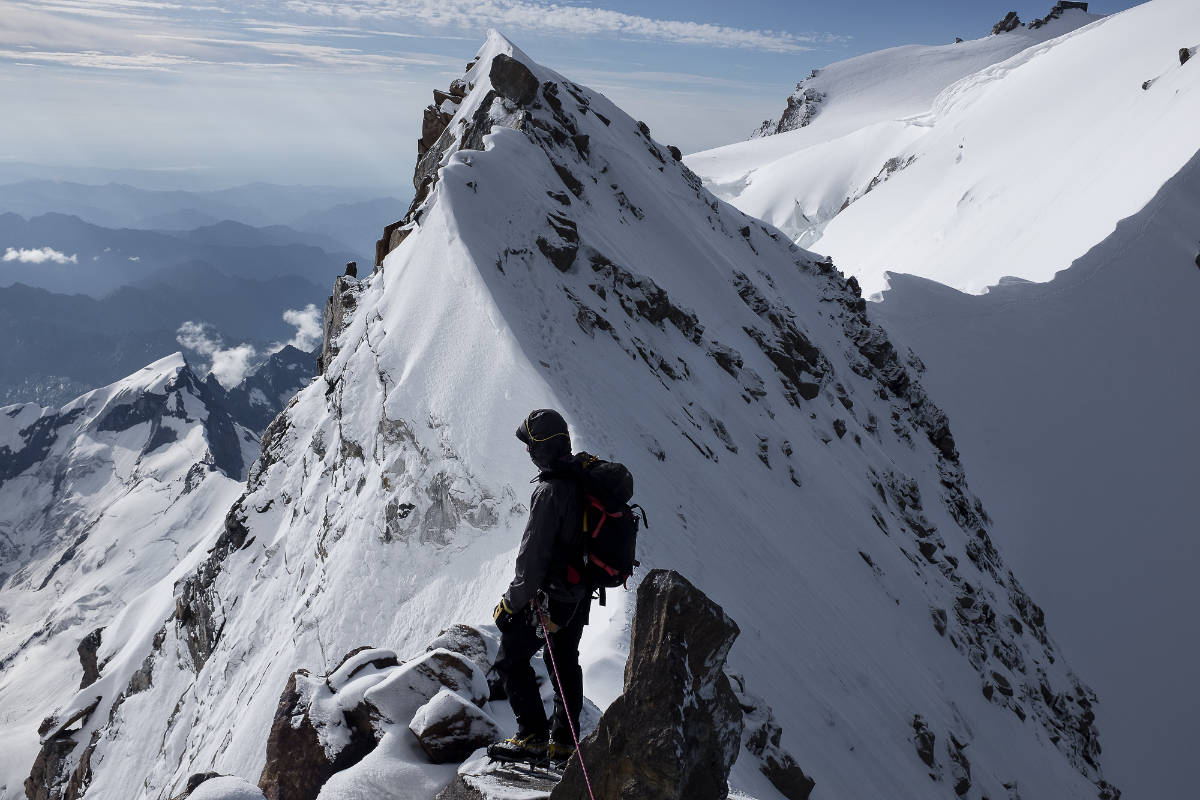
8/33
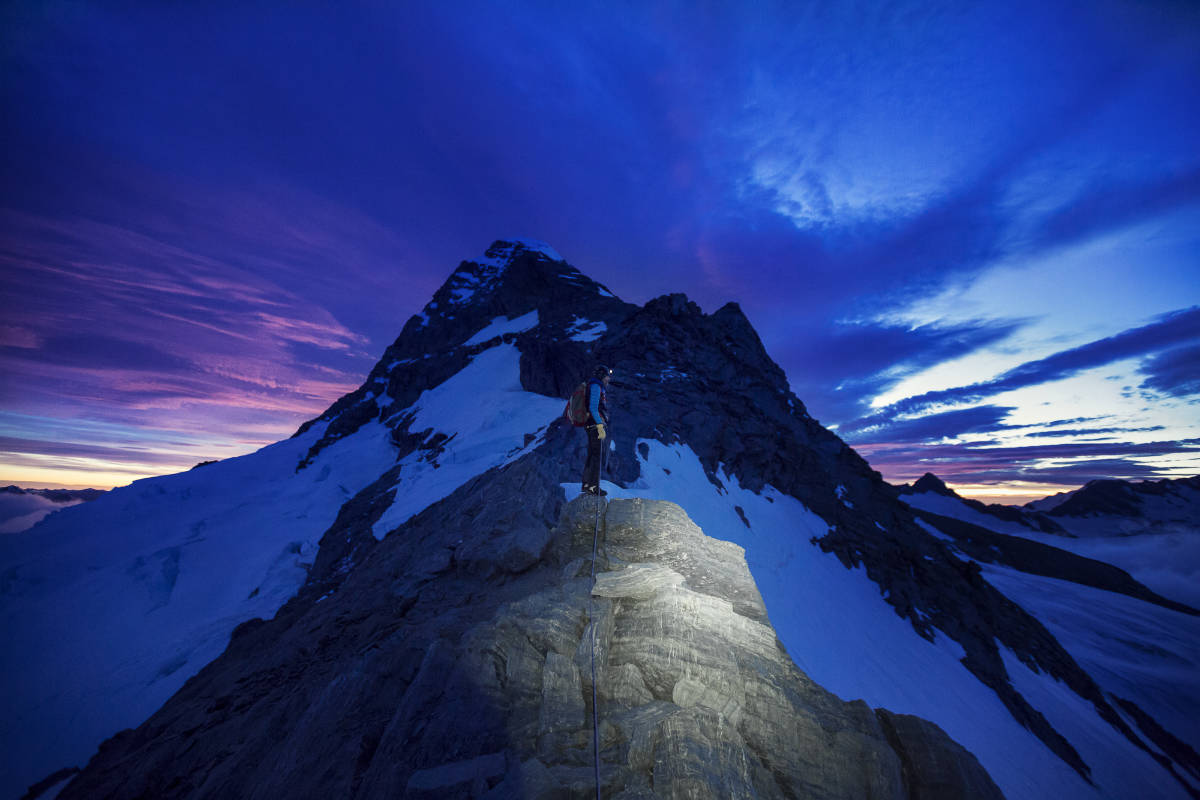
9/33
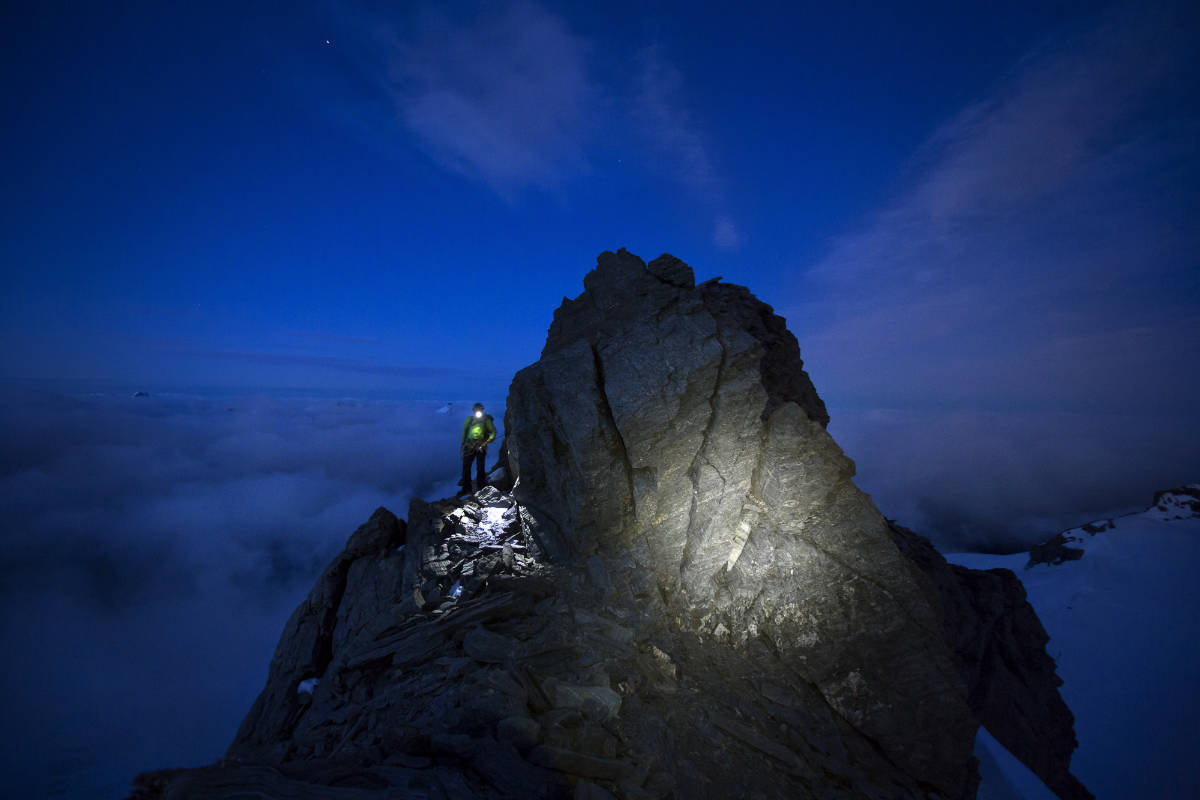
10/33
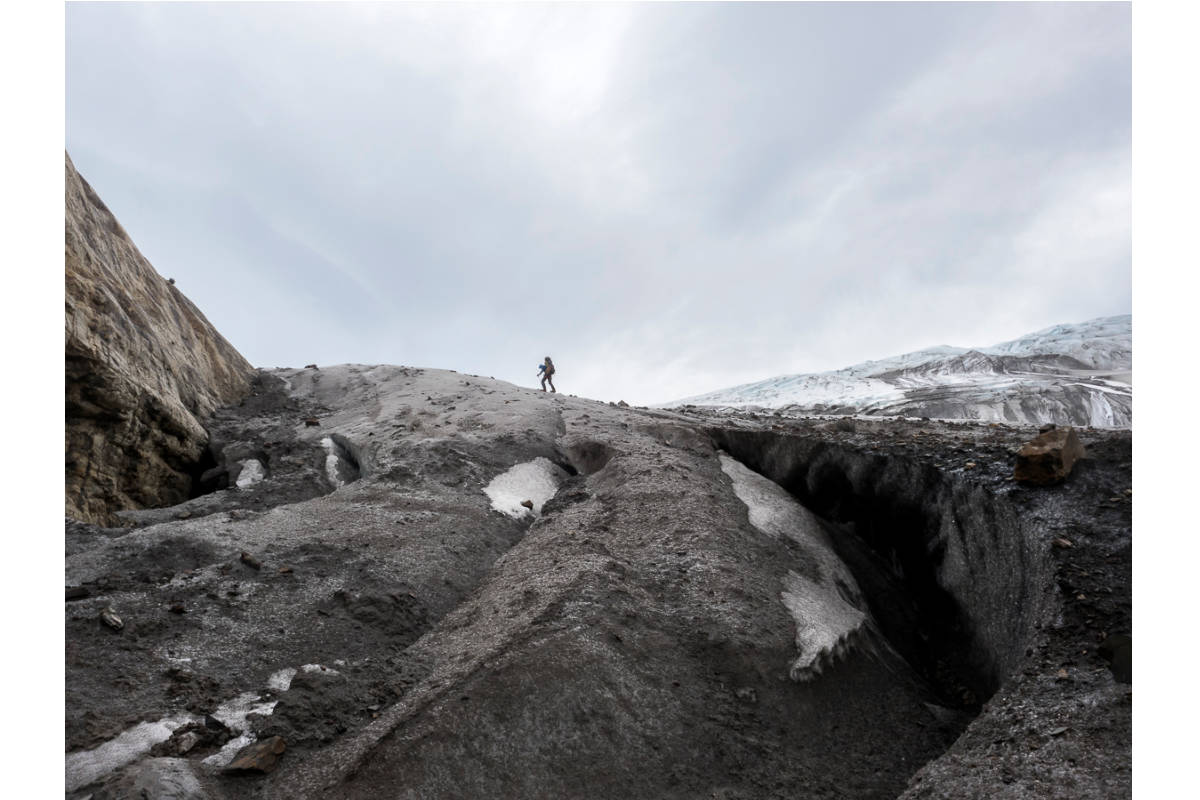
11/33
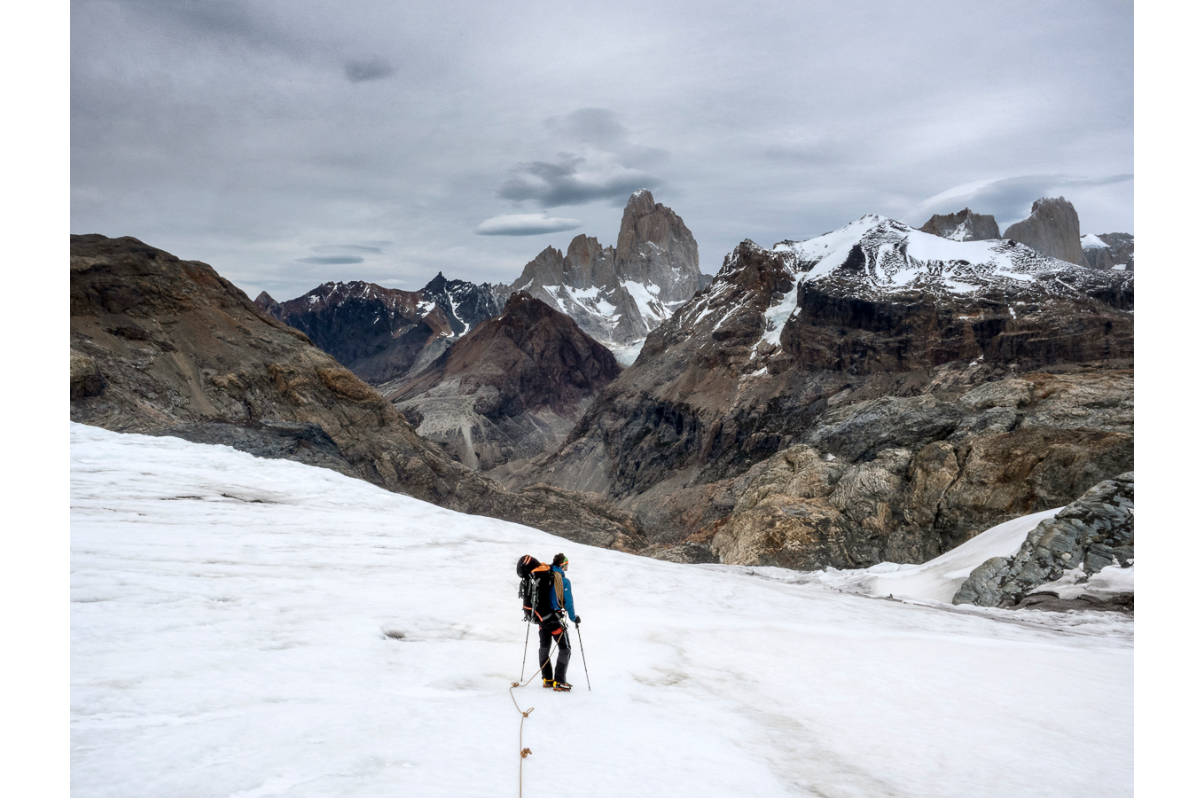
12/33
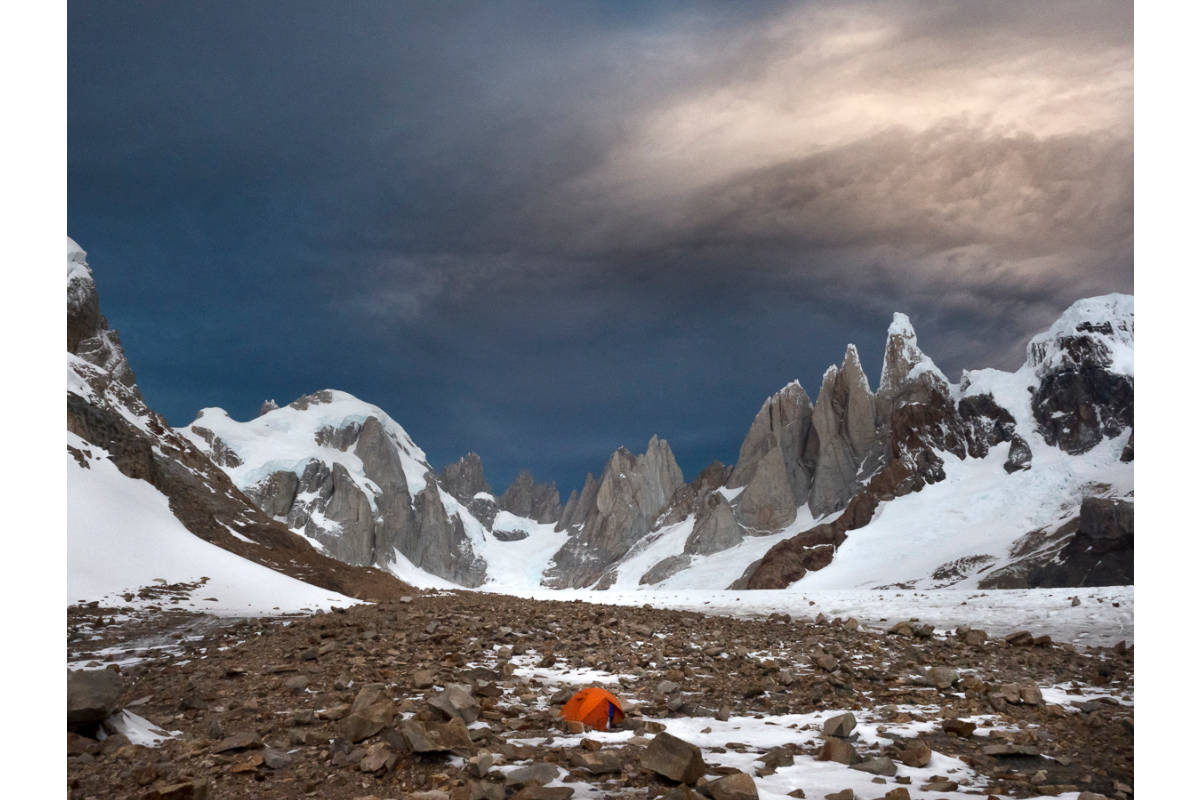
13/33
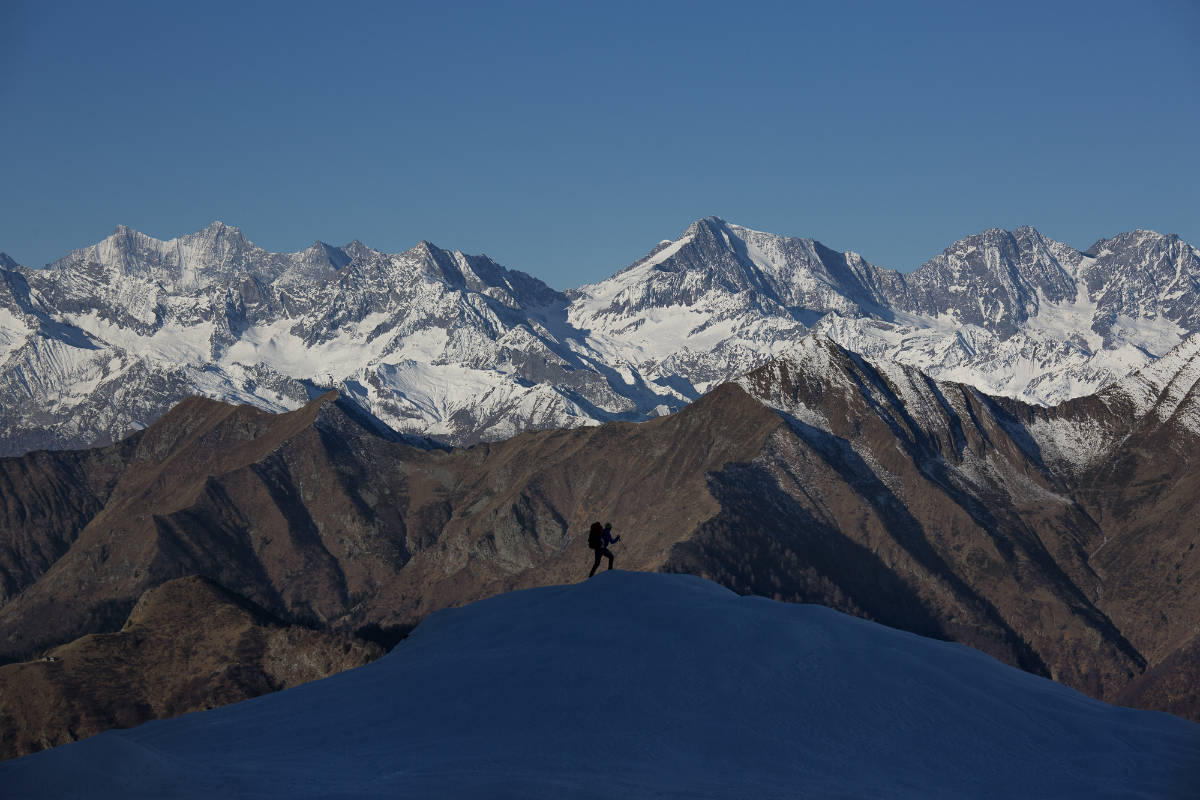
14/33
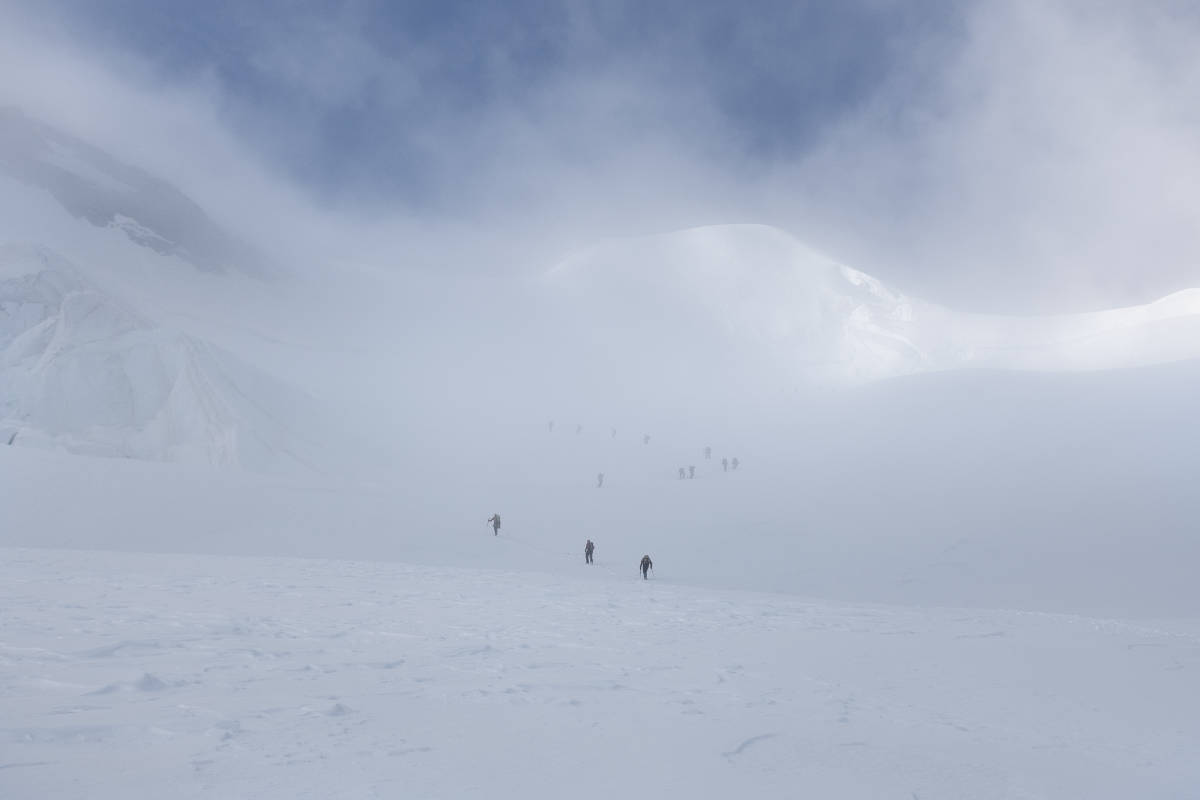
15/33
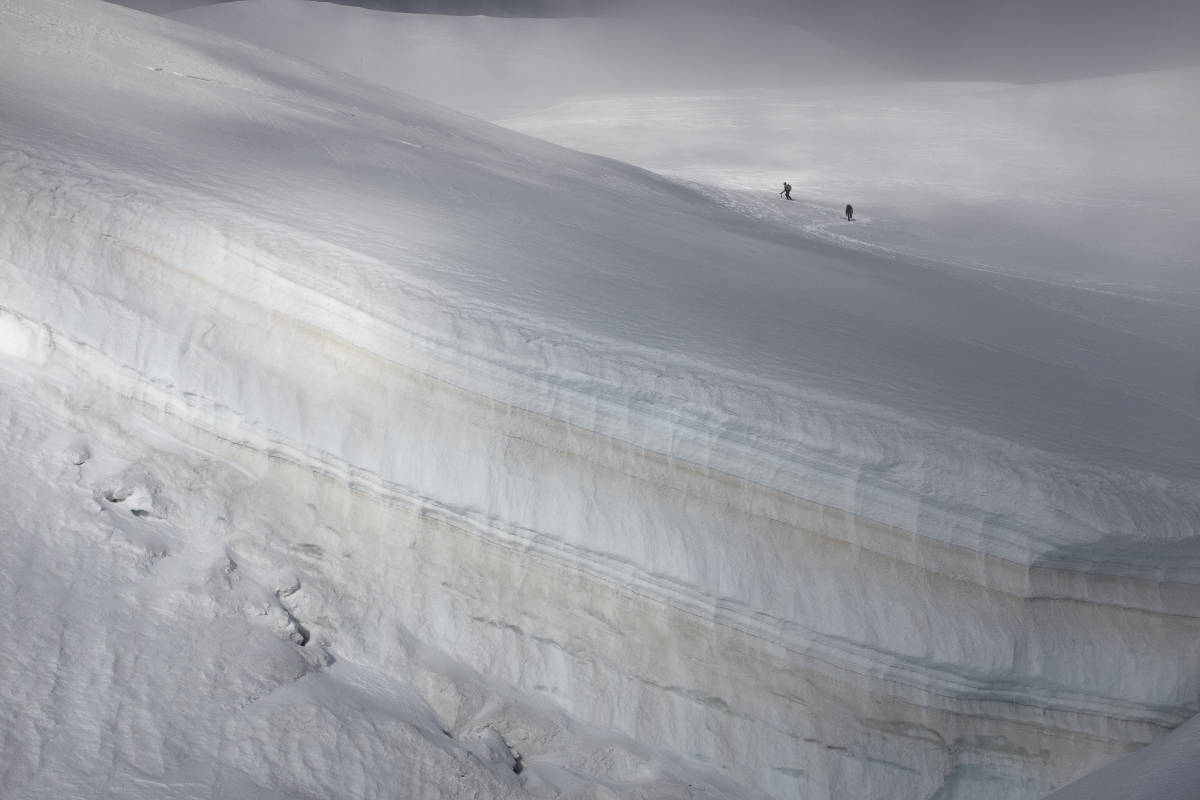
16/33
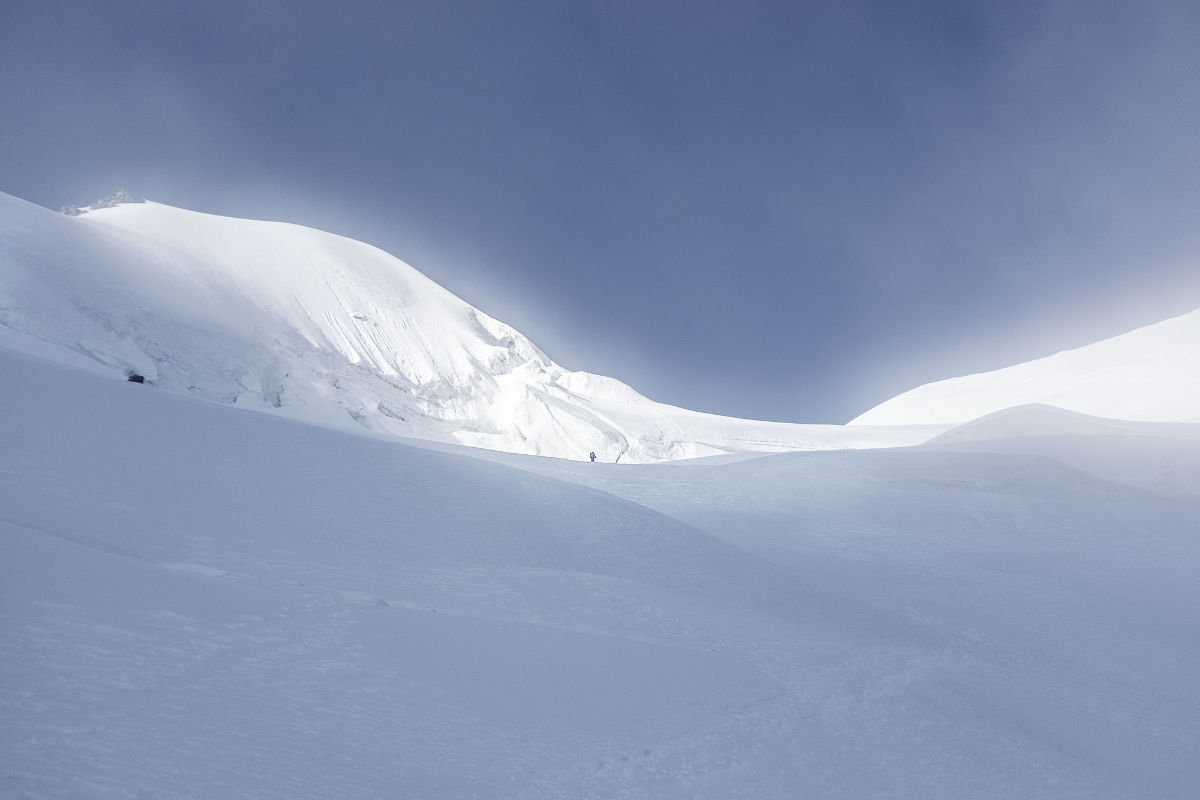
17/33
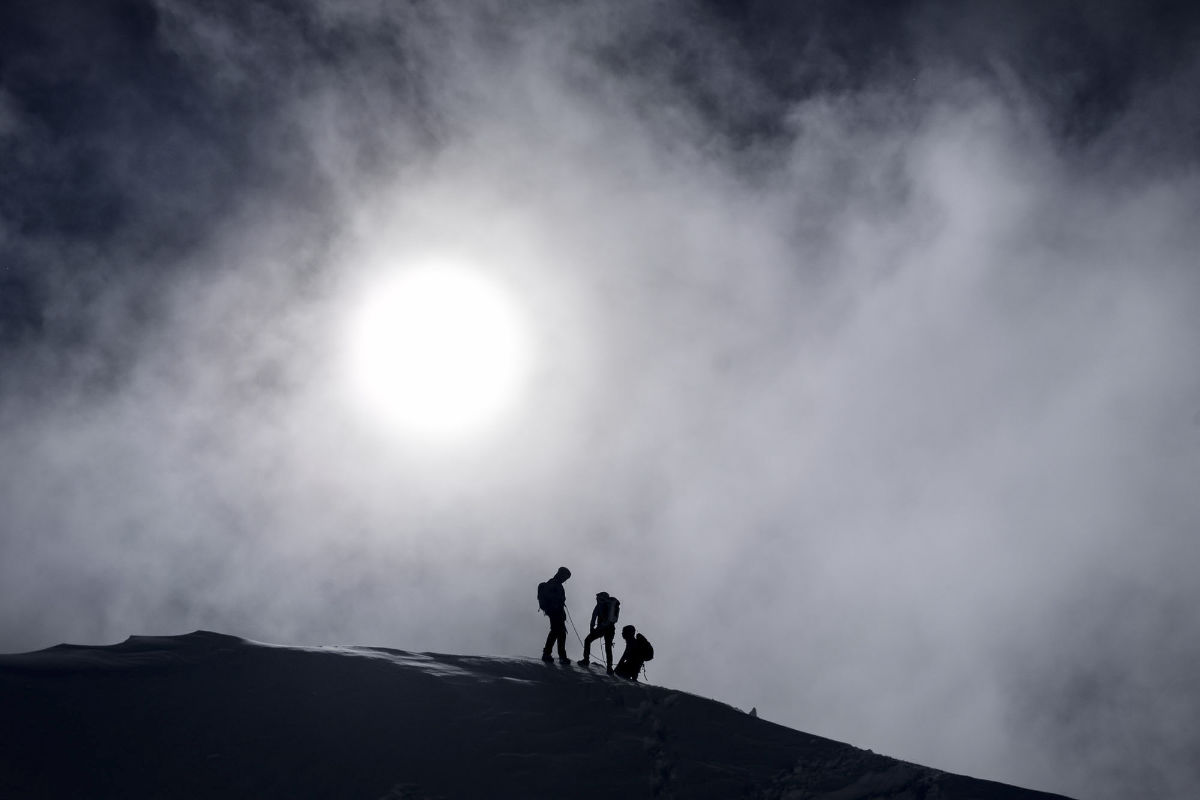
18/33
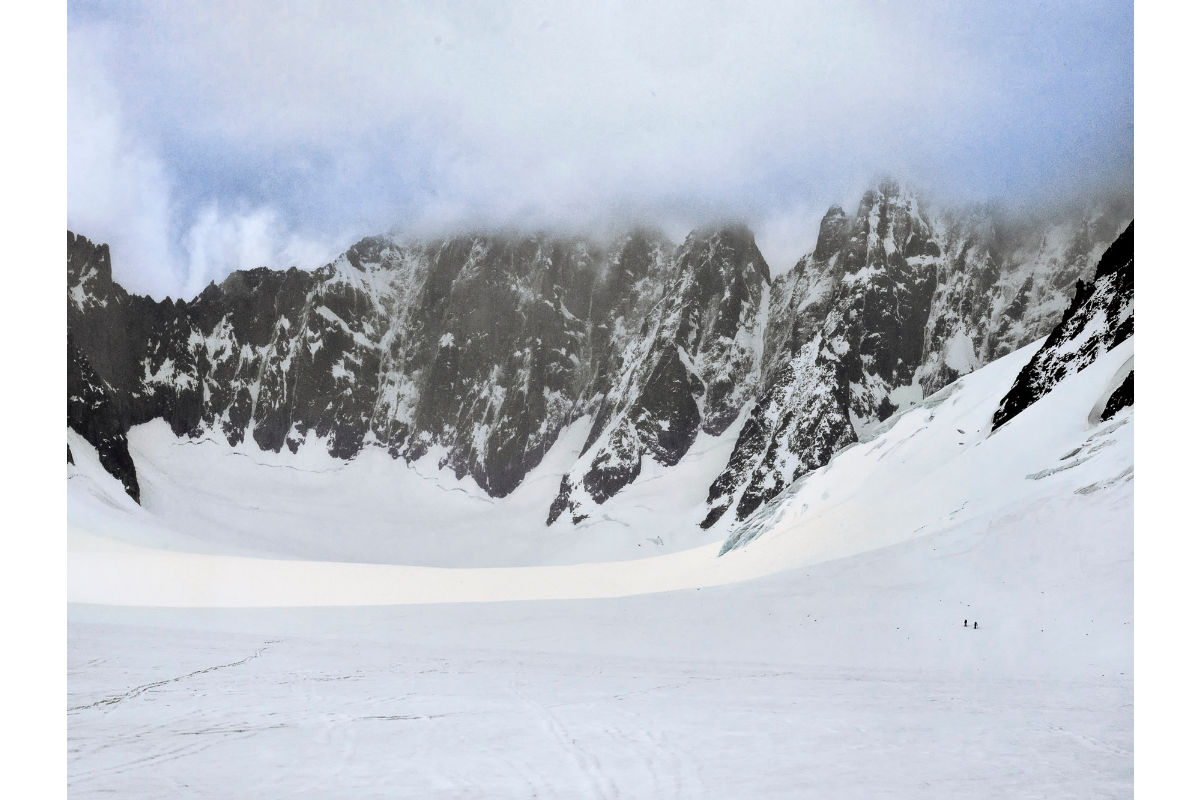
19/33
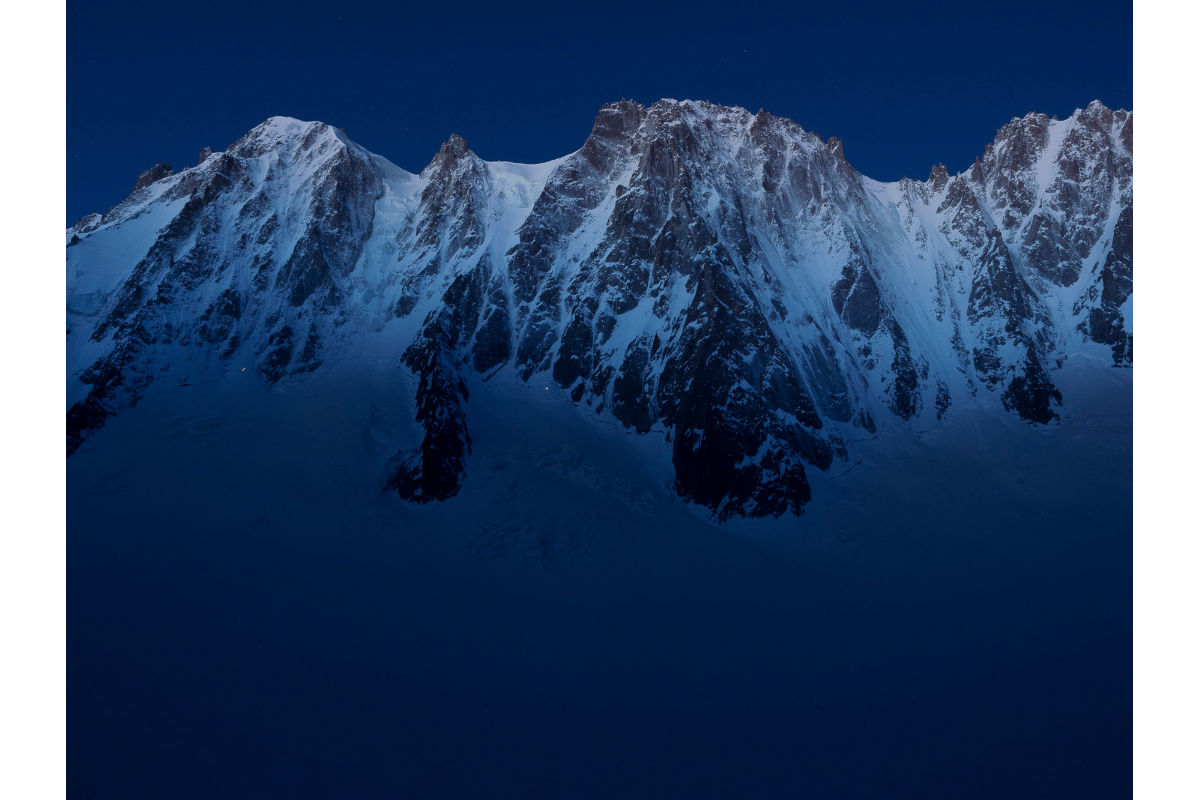
20/33
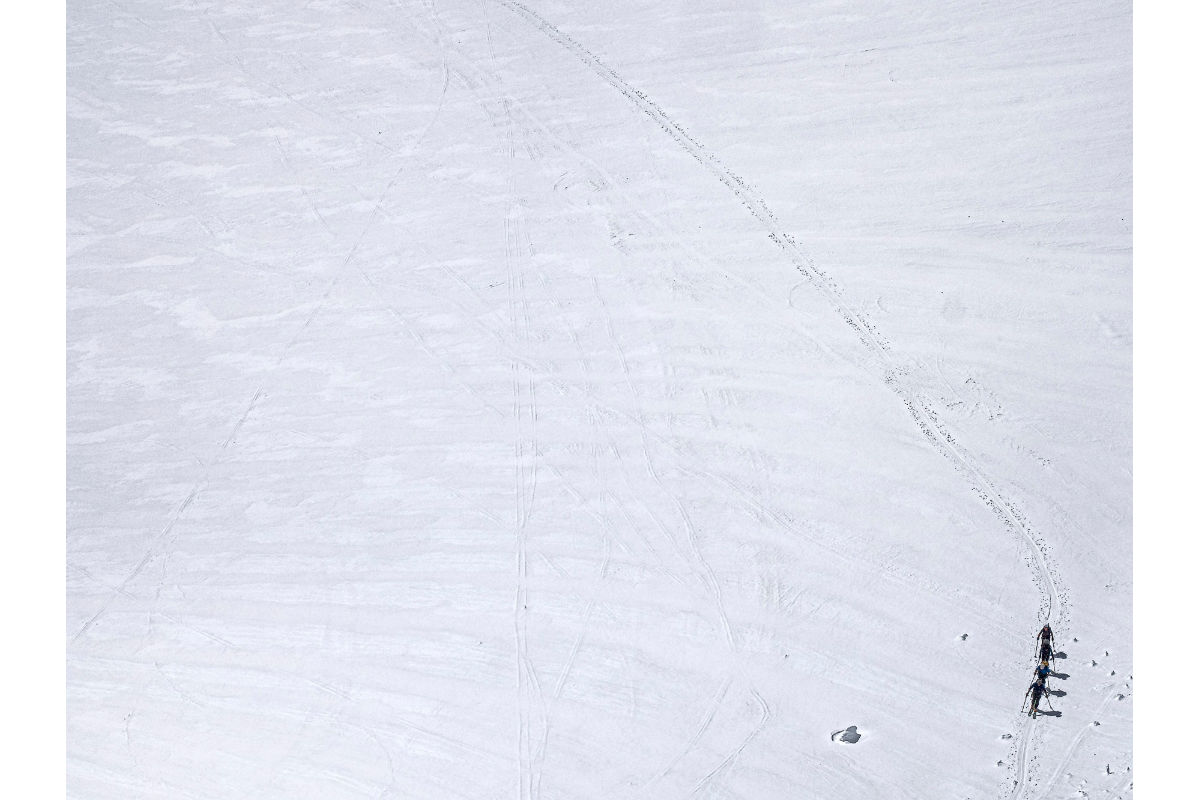
21/33
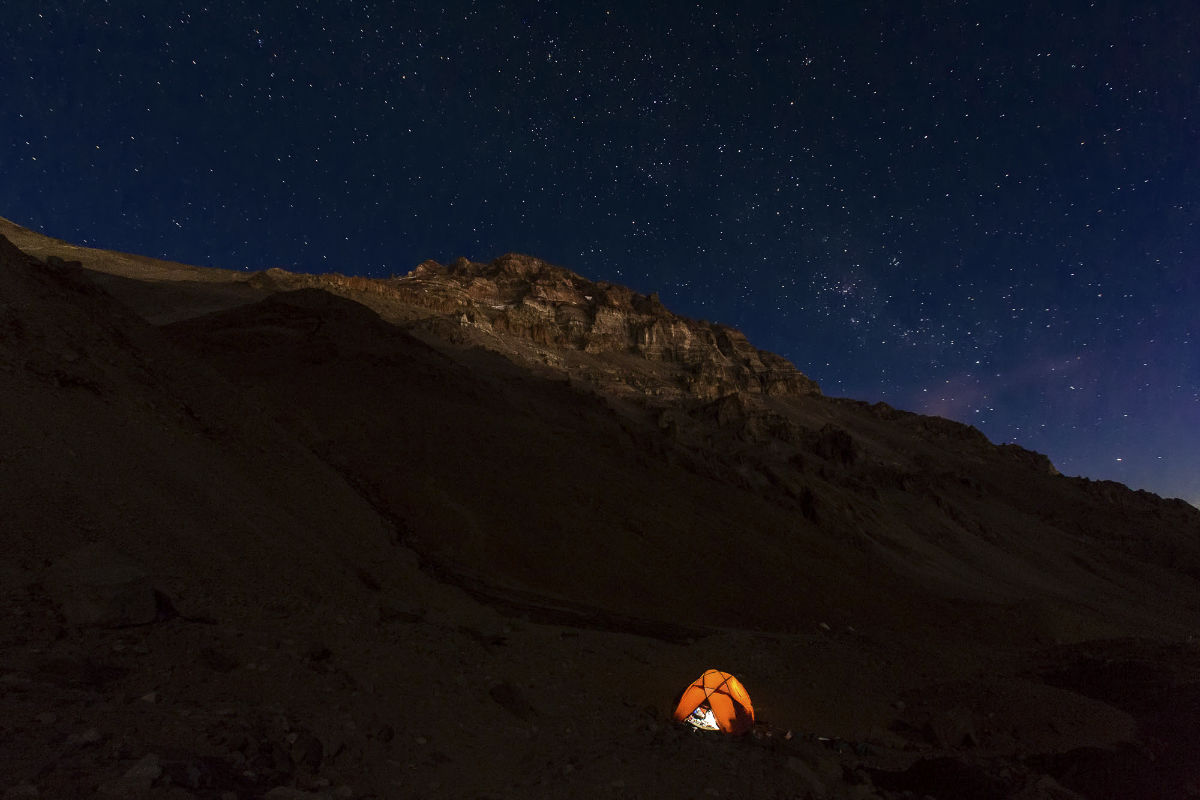
22/33
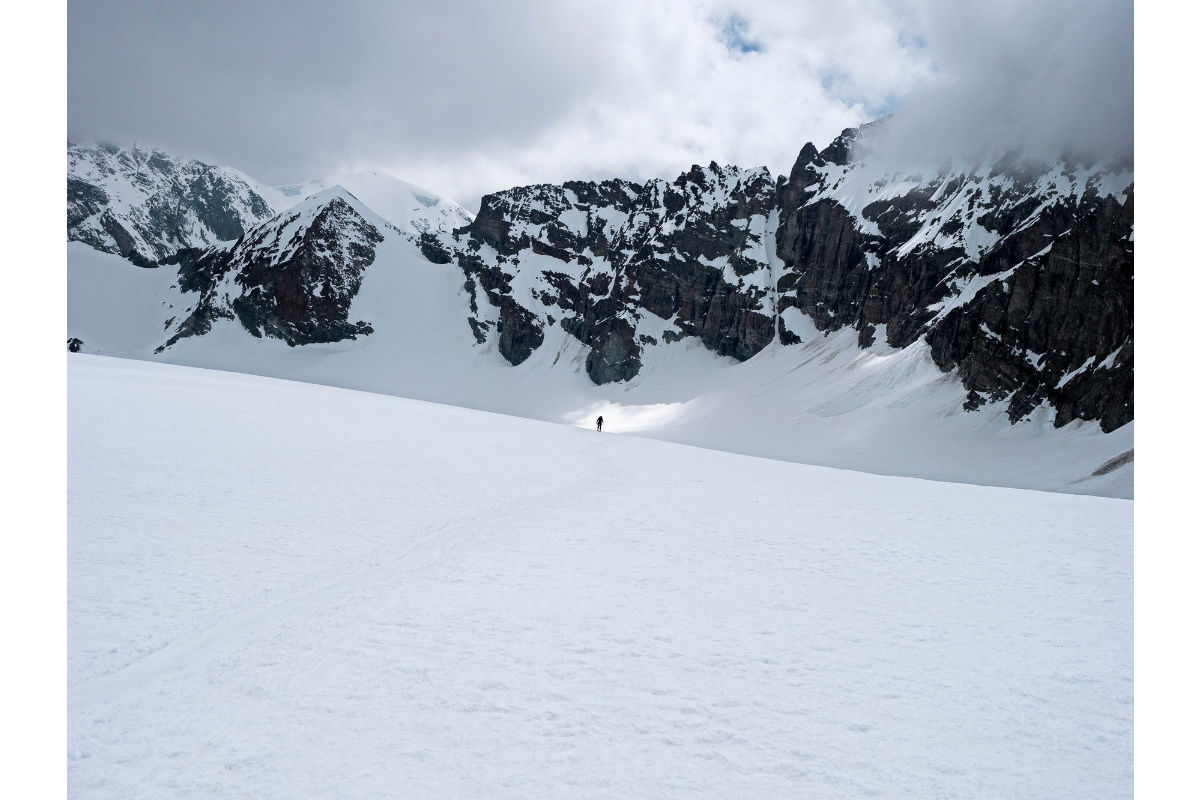
23/33
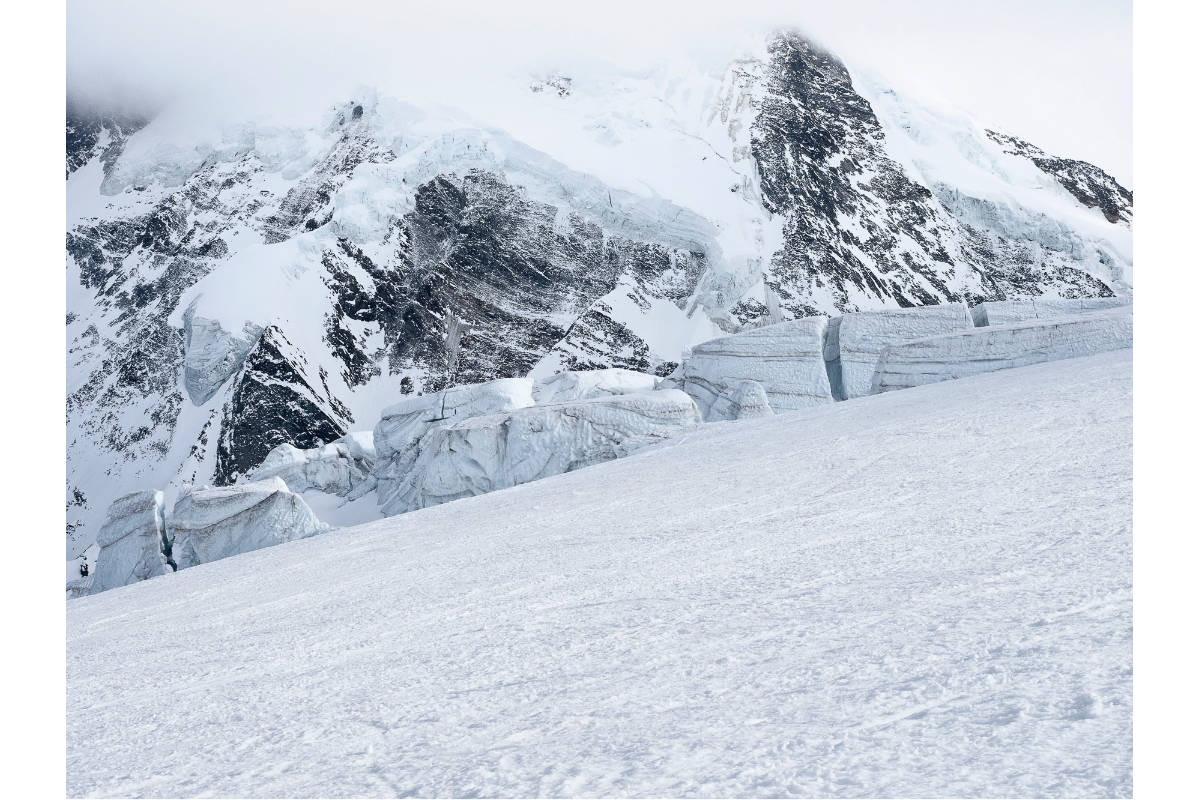
24/33
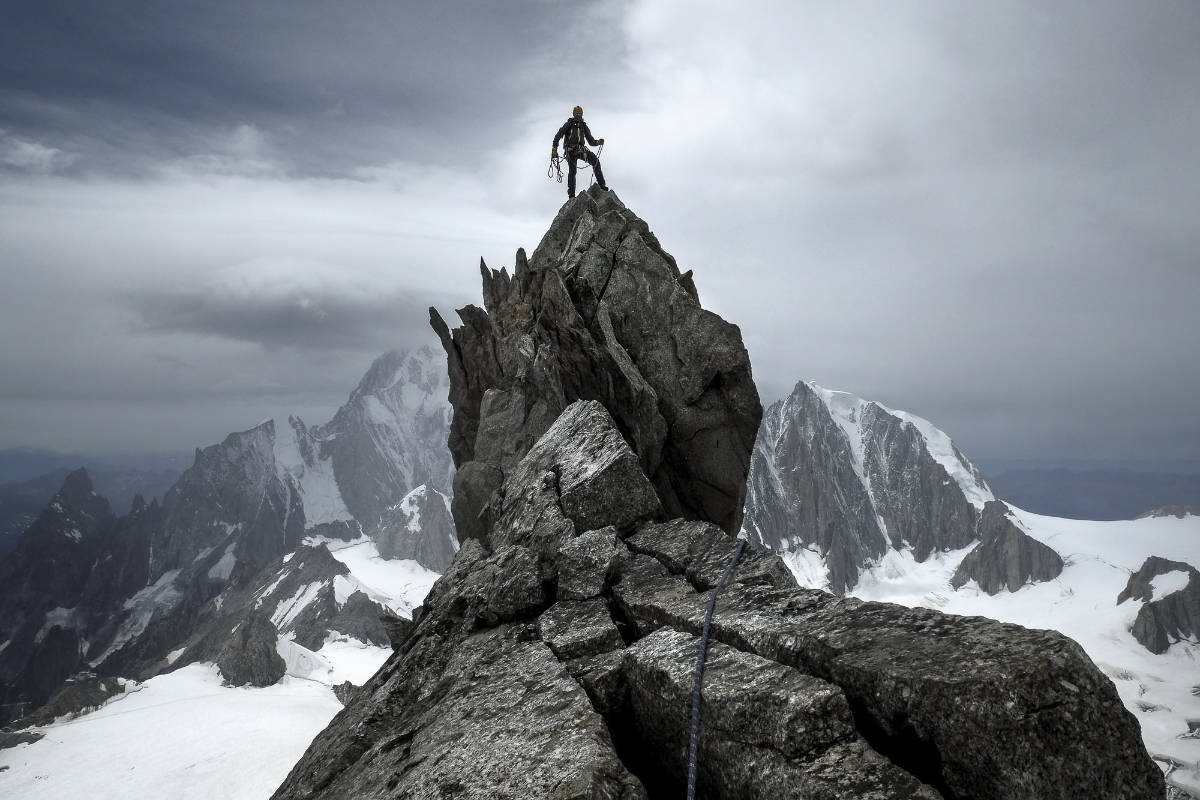
25/33
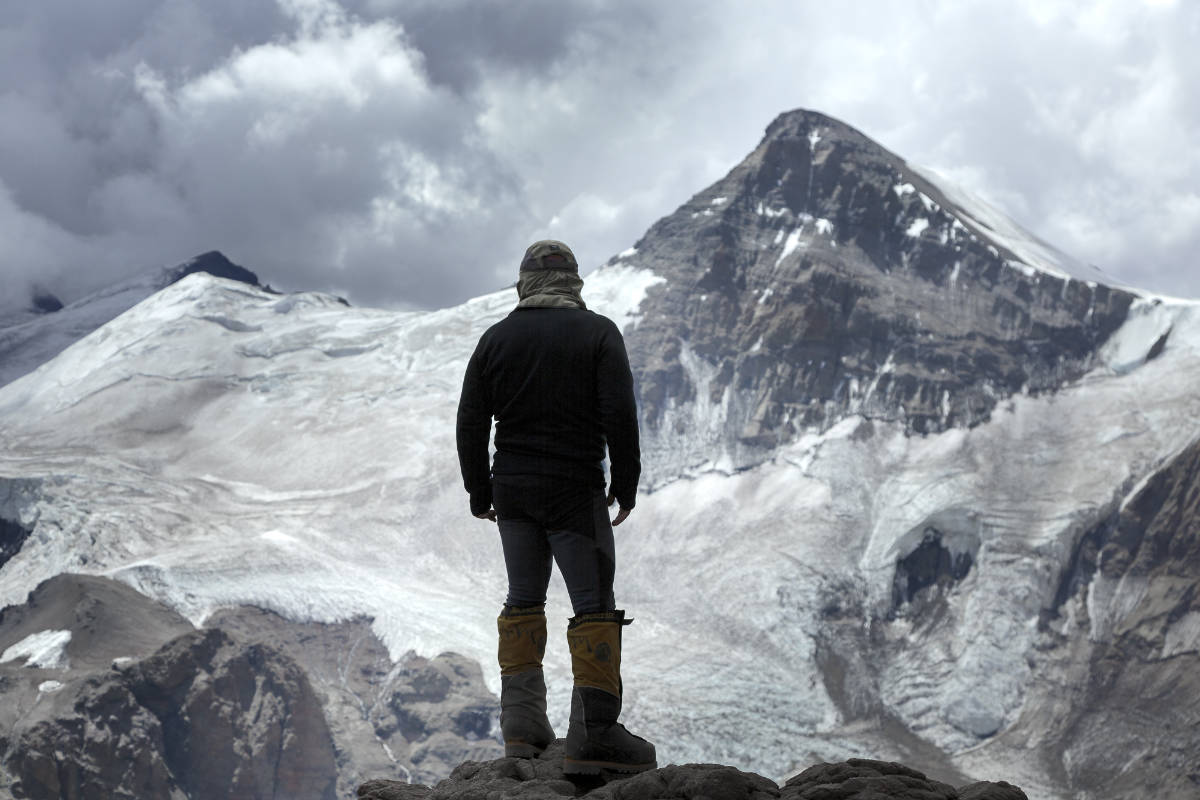
26/33
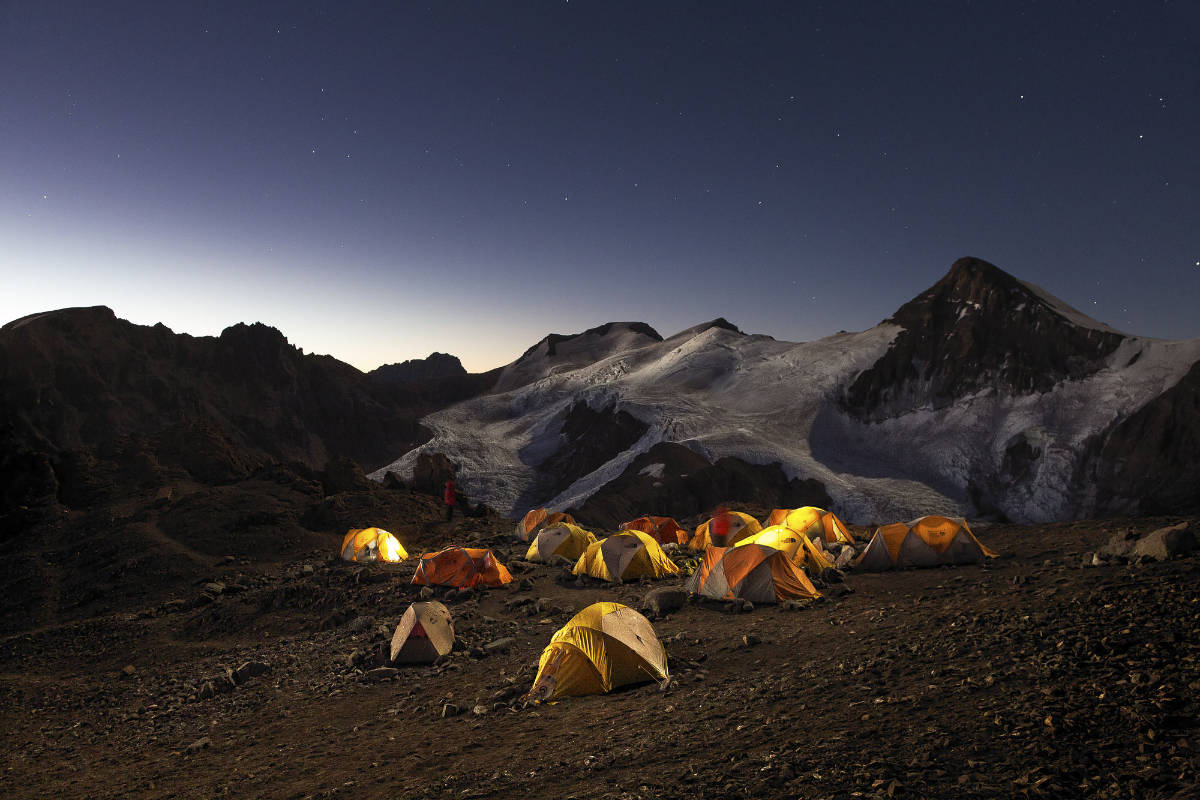
27/33
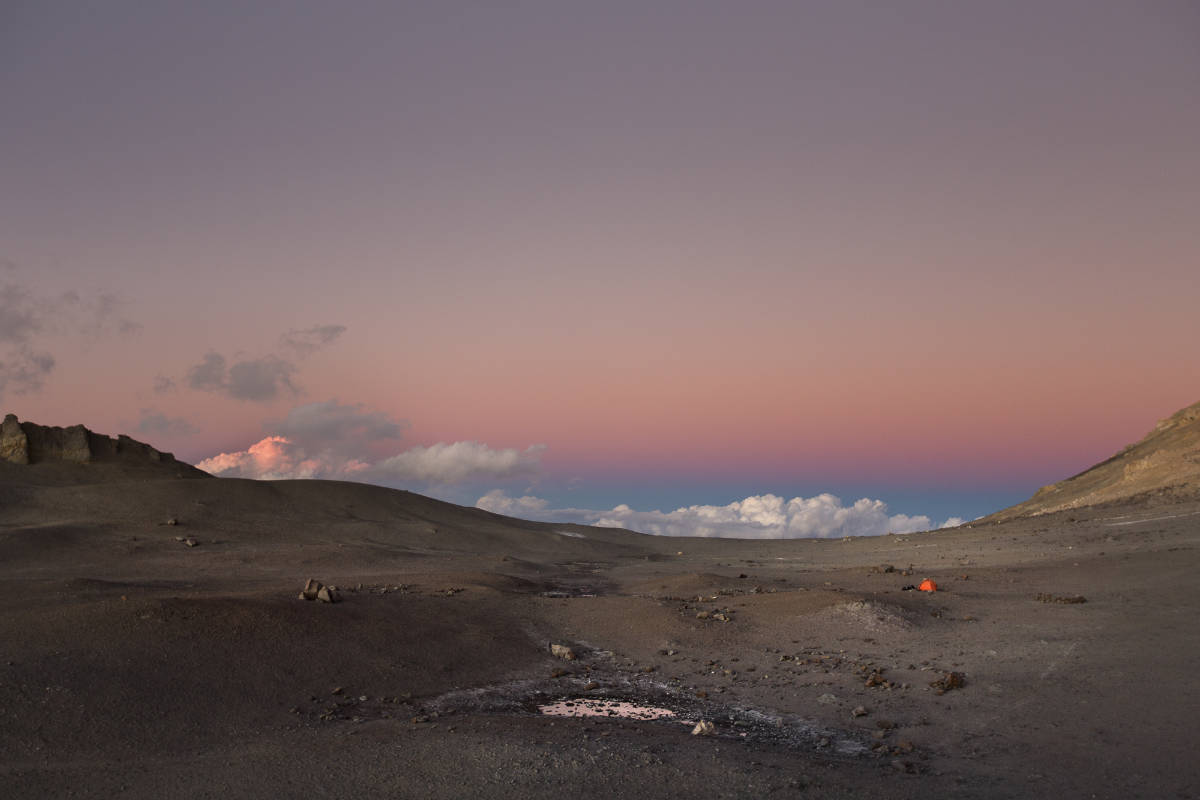
28/33
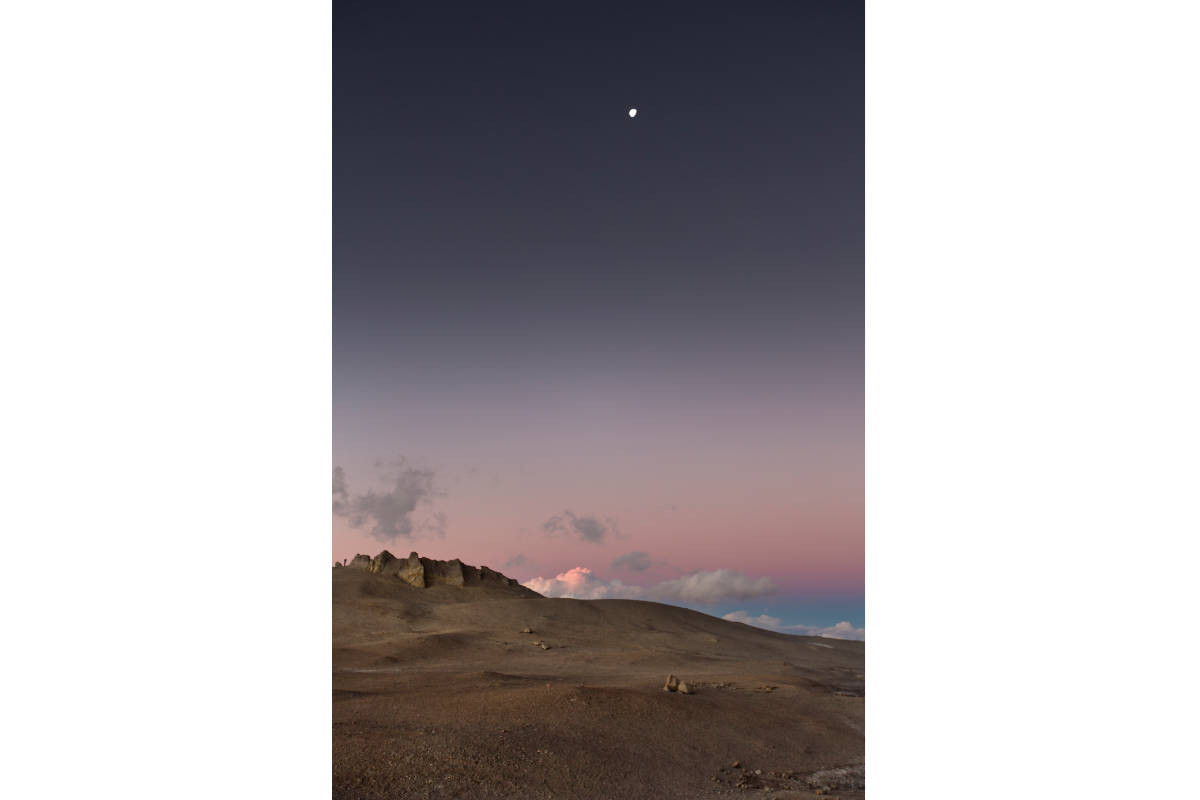
29/33
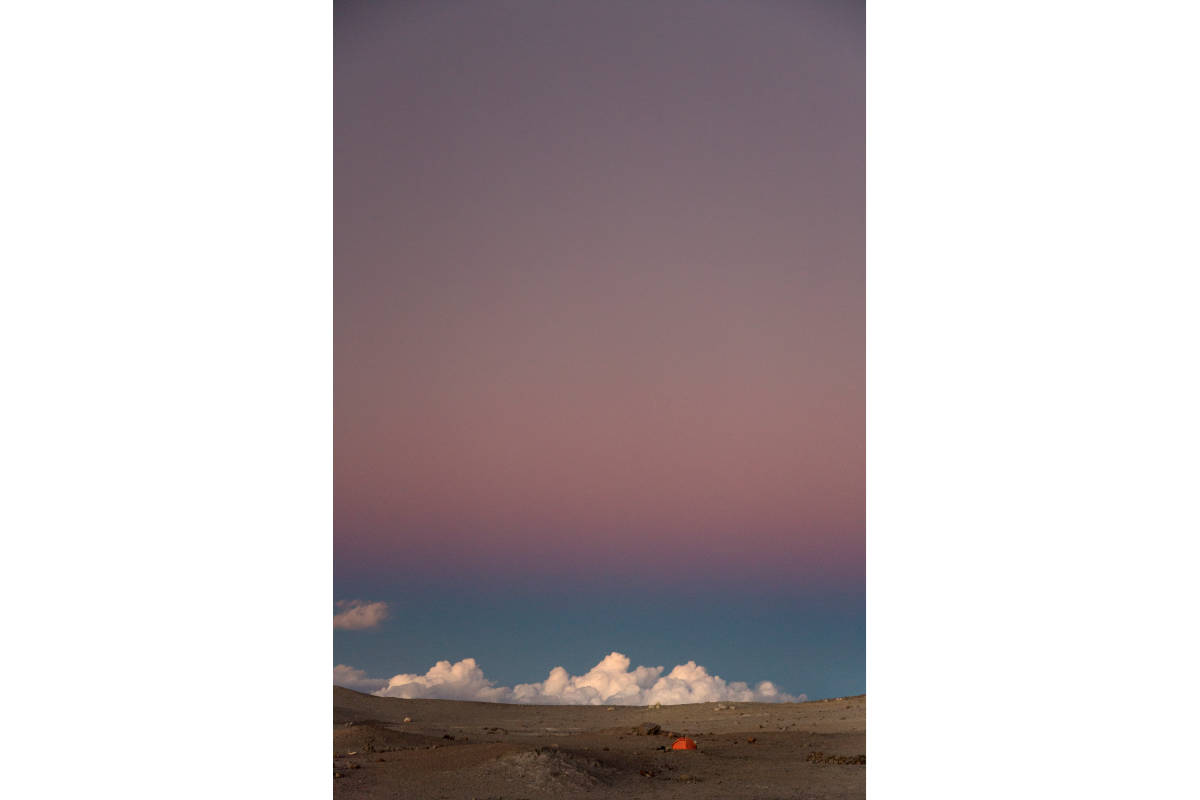
30/33
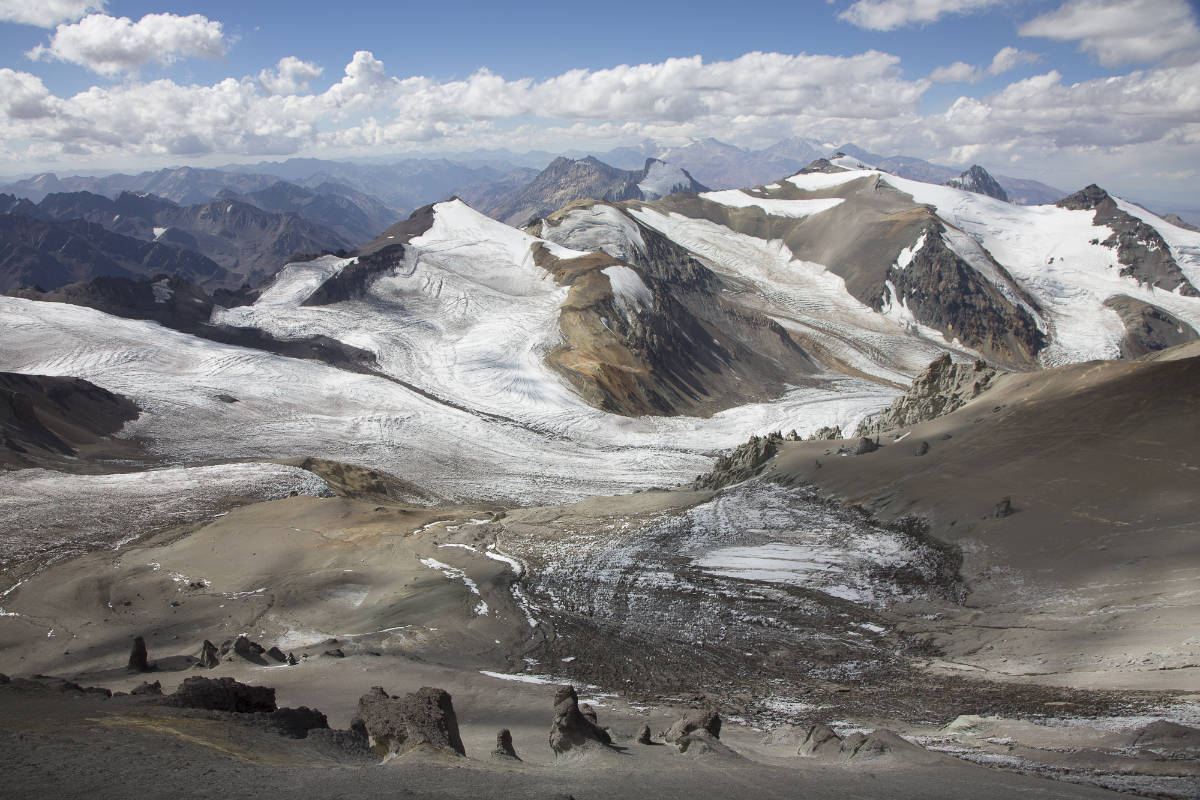
31/33
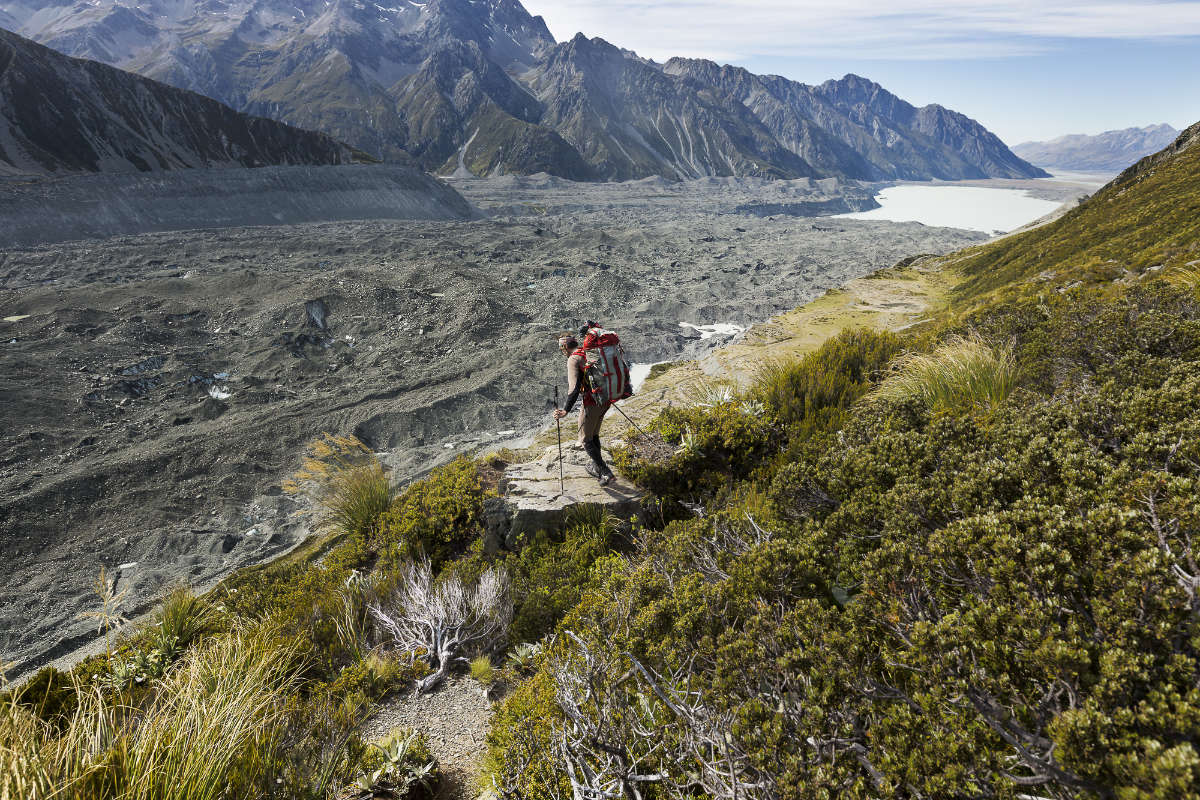
32/33
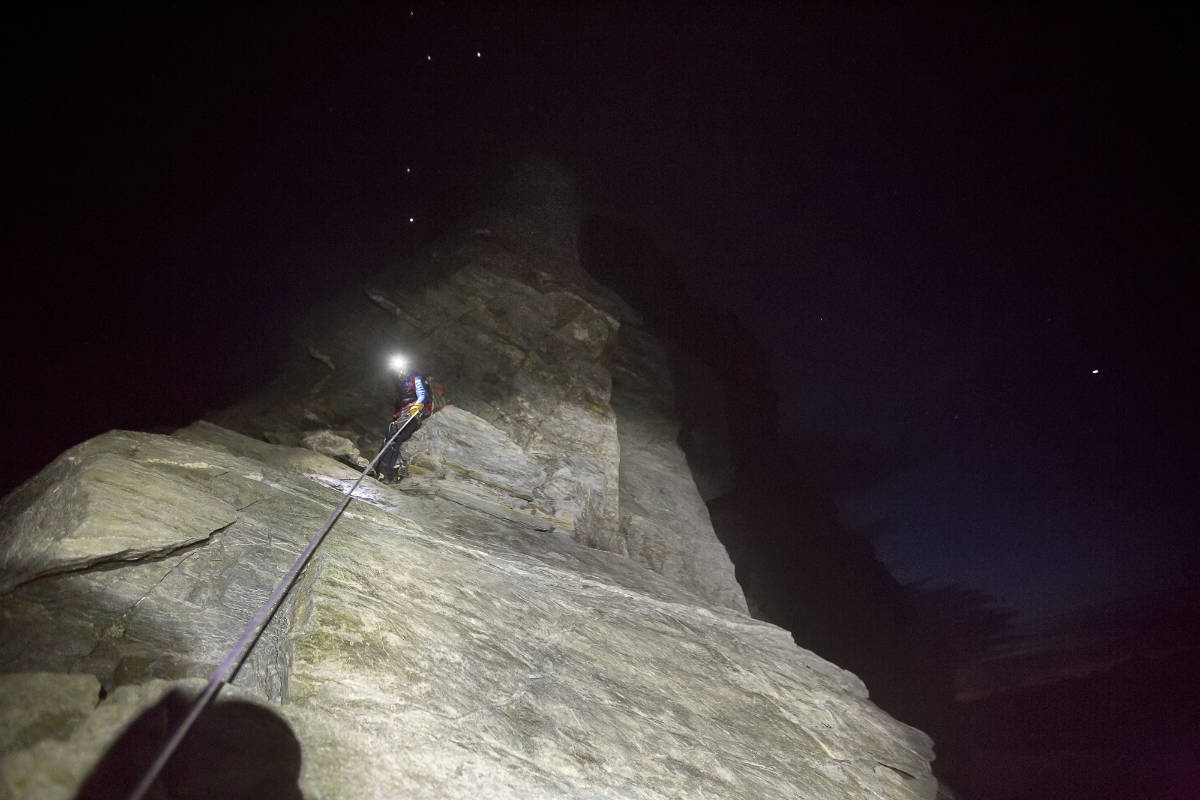
33/33
Wanderer - Men and mountains
Do wild places still exist nowadays? And if they ever survive, where to find them? After having fantasized since childhood on wild places of cinema and literature - limitless, isolated, elementary, splendid and ferocious places, following their own laws and rhythms, regardless of human presence - I became a passionate mountaineer, photographer and video-maker, undertaking a series of expeditions in Africa, in the United States, in Latin America, in New Zealand, but also in Europe and Italy.
Drawing inspiration from the great masters of art and literature of the nineteenth and early twentieth centuries, the great "story-tellers" of the enchantment of nature (among others, Friedrick, Segantini, Tolstoy, Jack London, Hemigway, Krakauer), I tried to follow a personal and profound photographic itinerary, in territories made of ice, stone, wood, water and snow, which I discovered extraordinarily alive, unknown and full of poetry.
Through the lens of my camera, I tracked a map - from California to Kilimanjaro, from the Caucasus to the Alps - which represents to me also an existential path. Because every single aspect of these places reveals secret correspondences between outward appearence and inner spaces, between the soul of the world and the world of the soul. I found out that wild nature rests on the extreme peaks of remote mountains as in the forgotten woods right at cities' edges.
Is a complex and sometimes terrible kingdom, where mankind is a guest who should enter "on tiptoe", fearful and deferent. And yet man is inextricably linked and irremediably attracted to it.
Wanderer - Uomini e montagne
Esistono ancora luoghi veramente selvaggi? Luoghi sconfinati, isolati, elementari, splendidi e feroci, che seguono leggi e ritmi propri, incuranti della presenza umana? E se mai sopravvivono, dove cercarli? Dopo aver fantasticato fin da bambino sui luoghi selvaggi del cinema e della letteratura, Niccolò Aiazzi, fotografo e appassionato alpinista, intraprende una serie di spedizioni alla ricerca della natura selvaggia ancora presente in Africa, negli Stati Uniti, in America Latina, in Nuova Zelanda, ma anche in Europa e in Italia.
E quella che traccia è una mappa che luogo dopo luogo – dalla California al Kilimanjaro, dal Caucaso alle Alpi - si trasforma attraverso la sua macchina fotografica in un vero e proprio percorso di formazione, scandito da incontri, traguardi e a volte qualche cambiamento inaspettato di rotta.
Seguendo talvolta le orme e ispirandosi ai grandi maestri dell'arte e della letteratura dell'Ottocento e del primo Novecento, dei grandi «narratori» dell'incanto della natura (da Friedrick a Segantini, da Tolstoj a Jack London, da Hemigway a Krakauer), si avventura in prima persona e traccia un nuovo itinerario fotografico, personale e profondo, in territori di ghiaccio, di terra, di pietra, di legno di acqua e di neve, che scopriamo con lui straordinariamente vivi, sconosciuti e carichi di poesia. Niccolò Aiazzi impara che la natura selvaggia riposa sulle vette estreme come nei boschi dimenticati che costeggiano le mulattiere o tra le colline del piacentino; che il selvaggio è un regno complesso e alle volte terribile, in cui l'uomo è un ospite che dovrebbe entrare "in punta di piedi", con timore misto a deferenza. E tuttavia l'uomo ne è irrimediabilmente attratto e indissolubilmente legato. Perché ogni minimo aspetto di questi luoghi svela corrispondenze segrete tra l'esterno e l'interno, tra l'anima del mondo e il mondo dell'anima.